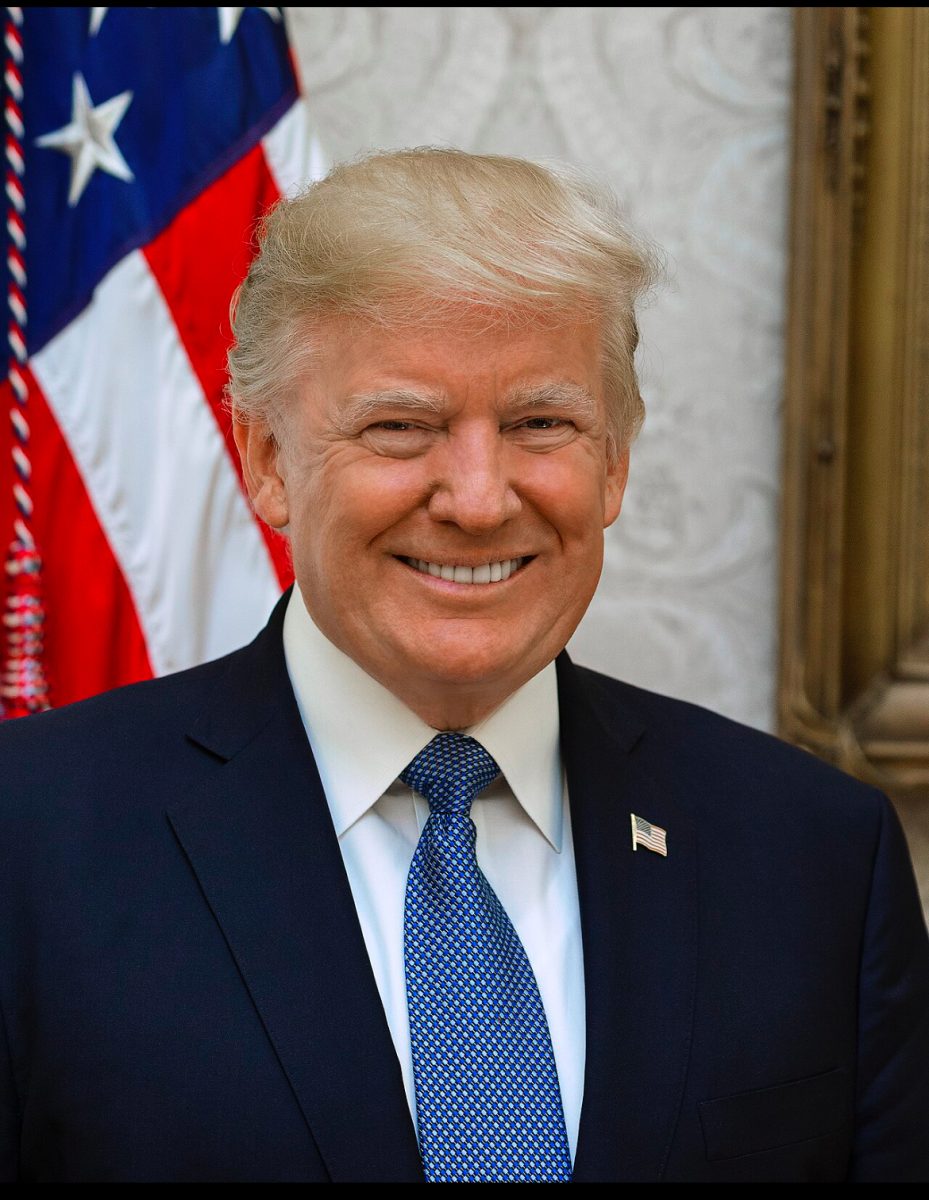On March 17, 2025, President Donald Trump signed an executive order to remove the federal Department of Education. Trump aims to eliminate the Department of Education but is limited to the federal level. According to a press release from the Secretary of Education, Linda McMahon, “Education is fundamentally a state responsibility.” The Trump Administration claims it does not attempt to end education in America but to de-federalize the process and the funding involved. McMahon also stated, “Closing the Department does not mean cutting off funds from those who depend on them.” The funding is supposed to continue to aid essential programs, such as college tuition assistance and providing opportunities for students with special needs.
The Department of Education was established in 1980. Originally, it was a campaign promise by Jimmy Carter, in hopes of winning the election of 1980. Carter ultimately lost, but he managed to gather the support of the National Education Association, which released its first-ever endorsement because of his actions. They had an Office of Education within the Department of Health and Human Services. The argument was that creating a designated space would aid in programs, such as the Head Start Early Childhood Program, along with educational research and development studies. Carter also argued that with education’s growing importance in the “modern” day, it was increasingly important to acknowledge this by establishing a designated area in the federal government. Ronald Reagan, the presidential candidate Carter lost to in 1980, vowed to remove the department, but failed. Removing the Department of Education has been a previous issue.
The claim that Trump has used to support this action is to “support freedom of education.” Trump stated, “The time for universal school choice has come.” The primary goal is to provide more opportunities for individuals through education and less bureaucracy. The White House Fact Sheet states that, “Biden’s Department of Education added rules that imposed nearly $3.9 billion in costs and 4,239,530 paperwork hours.” The Trump administration wants to let the states decide where to send the money within their own education systems, rather than mandating how they use their money.
So, what exactly does the Department of Education do? According to Marty West, a Harvard Professor who specializes in the politics behind the K-12 educational system, the Department of Education (DOE) remains in the executive branch of the government. Their executive branch’s role is to enforce and implement laws that Congress passes. This regulation is done by managing funds, mainly in K-12 education. The DOE prioritizes areas of economic disadvantage and disability. The Department of Education also provides Pell grants, as well as the Federal Student Loan Program.
After they distribute the funds, the DOE works to make sure the proposed funding is used properly. They create regulations designed to organize the expenses of funds and mandatory policies for state school districts. Basically, they decide some of the ways that schools have to split their funds. The DOE has an Office of Civil Rights, which is to ensure that federal schools comply with federal civil rights laws. Another responsibility the DOE has is to gather statistics on education, conduct, support, as well as research and development.
Although it is not clear whether or not the DOE will close or disband at this time, it is important to understand what its closure might mean for Moanalua High School Students.
According to Ms. Robin Martin, the principal of Moanalua High School, funding will likely “take some hits,” even if the Federal Department doesn’t close. One program Martin expressed worry about was the school lunch program. It will likely be one of the first programs to see cuts, but she informed us that the state legislature set some money aside for school lunches (in case the Federal Department closes).
Martin also mentioned, “other possible cuts [affect] the EL students: The English Language Learners. I think that funding may have already been cut.” She shared that “our other concern at Moanalua would be federal IDEA, special education funds and services.”
In particular, Moanalua High School may not be affected as much as other Hawaii schools. This is because Moanalua High School is not a Title I school.
Principal Robin Martin commented, “A lot of the schools in Hawaii are Title One schools, which means they have a lot of low-income students, so they receive extra funding from Title I. But we’re not a Title One school, so that part we won’t feel.”
However, she believes that Moanalua will still likely have less money in general. “We’re going to have to tighten our belts,” she stated, regarding school spending in future school years.
The Department of Education has a few key duties, raising concerns about what this closure could mean for schools around the country.
According to the superintendent of the Hawaii Department of Education, Keith Hayashi, the changes could affect whether the HIDOE will receive federal funding in a timely manner. Although the closing of the Federal Department of Education doesn’t directly affect the students of Hawaii, programs that benefit them may feel shockwaves due to the change. It is important to understand what is happening nationally, so that students can be prepared for the expected changes in the coming 2025-26 school year, and on into the future.
Sources
http://www.ed.gov/about/ed-overview/federal-role-in-education









